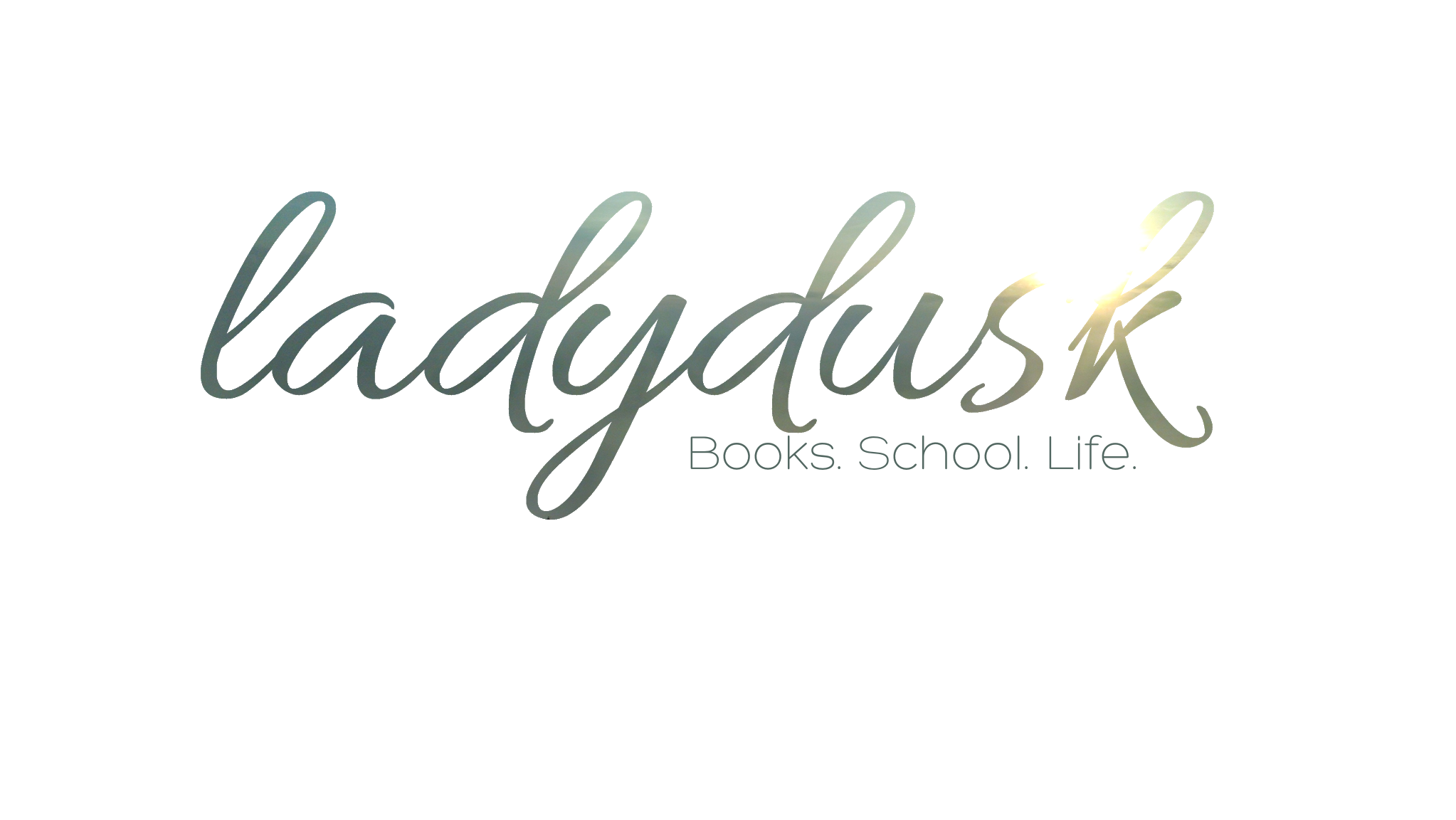Book Review: Words to Eat By by Ina Lipkowitz
 Words to Eat By: Five Foods and the Culinary History of the English Language by Ina Lipkowitz
Words to Eat By: Five Foods and the Culinary History of the English Language by Ina Lipkowitz
My rating: 3 of 5 stars
Library.
This was one of those books that was on the 14 day shelf and looked pretty interesting from the title and cover. It was OK.
I enjoyed the ideas presented. The tracing of words. The connection of food words to two separate linguistic pasts: Germanic and Latin. The comparison between our “public” foods to our “private” foods, what we eat when out and what we eat when home, what is “special” and what is “comfort.” The dichotomy in the fledgling Christian religion between the Mediterranean, Greek/Latin words and foods and the Anglo-Saxon, Germanic, Celtic people of England. It was most interesting when she tied these ideas to the Reformation and how even food and home culture split from Rome (milk drinking countries, mostly versus the wine drinking south). Sometimes her connections seem a stretch (“Milk” is seen as something for babies by Mediterranean countries and Paul talks about going from milk to meat, yet in the north, milk was consumed by all. Yet she talks about milk as a good thing in the Jewish culture, and Paul was certainly a Jew … ).
Some of the most interesting discussions in the book were related to food in a “natural” state or process vs. a “nurtured” state. Apples or fruit that was wild vs. grafted and “improved”, leeks that were as much a weed as anything vs. leeks and onions the Romans cultivated, milk vs. yogurt or cheeses, meat vs. flesh, and bread vs. loaf vs. panification (which is almost an opposite example, but not.) These discussions of the complete cultural differences between the Roman/Norman cultures and the Anglo-Saxon/Celtic cultures, climate, and attitudes toward food based on them and religion was by far the best part of the book.
The ideas were all pretty good, the writing was where I had problems. Sometimes the author’s ideas were redundant and didn’t add upon themselves; there were whole paragraphs I’m sure I read more than once on different pages. Sometimes the writing was just a slog to push through. On occasion interesting tangents were begun, then the reader was just sort of left there with no resolution. I could’ve done with more dates throughout the text (although a timeline was included in the back of the book).
I’m not sorry to have read it, but I can’t say I would recommend it except to someone willing to fight through for the ideas.
